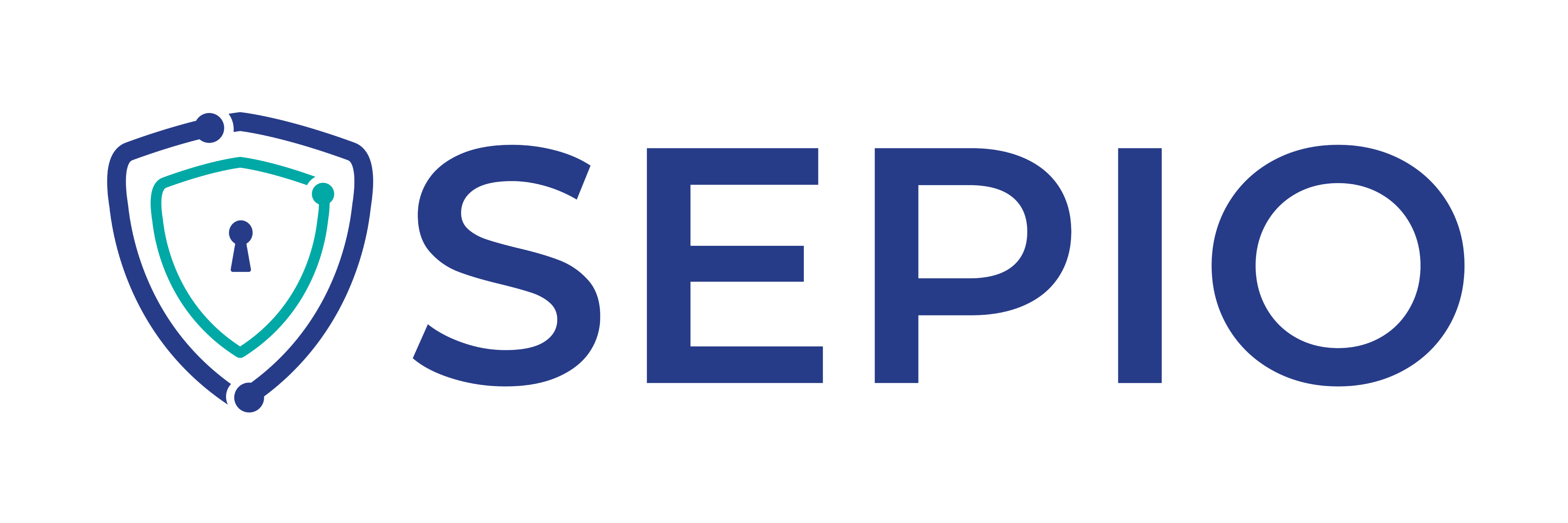Defeating Counterfeiting Begins With Smart Packaging
A victimless crime is a title often associated with Counterfeiting. Counterfeiting is one of the biggest challenges faced by millions of consumers across the globe. The crime of counterfeiting reduces a brand’s revenue, negatively impacts its goodwill and reputation. On the other hand, it is harmful for consumers who use counterfeit or fake products believing it to be genuine or from the original source. As per the Global Brand Counterfeiting report 2018, total counterfeiting globally was about US $ 1.2 trillion and is expected to exceed US $ 1.8 trillion soon, which is more than the GDP of few countries. Covid-19 has added to the challenges that both brands and consumers face with the arrival of more counterfeit products being sold online. Consumption patterns have shifted to essential or need items – the demand for food and beverage, pharmaceutical and healthcare products have grown during the last few months. However, with the growth of this market and the shift to online, there has also been an increase in the number of counterfeit products in the market. Anti-counterfeit packaging is now more important than ever to stay ahead in this counterfeiting pandemic.
Recent innovations in smart packaging has opened up a wide range of opportunities to create packaging solutions, which communicate with consumers. Consumers across the globe are demanding more information and transparency from brands. In a recent survey by IBM in 2020, 71% of consumers worldwide are focused on ‘micro-needs’ which indicated a higher purchase likelihood if the brand conveyed information beyond traditional packaging.
Traditional packaging solutions have failed to keep pace with the menace of counterfeiting and it’s time to accept the role of digital or technology-based solutions. Hence, smart packaging can play an important role in becoming the next frontier for anti-counterfeiting solutions.
Smart packaging cannot be refilled and re-used
Today, the most common source of counterfeiting is the re-use or re-fill of existing packaging with counterfeit content. All consumer products are usually disposed in the trash after opening. These discarded cartons, boxes, tubes, jars, etc. are a gold mine for counterfeiters. Counterfeiters re-use the same outer packaging and refill it with a lower-quality product, which is then re-introduced into the retail supply chain.
Also Read: How Anti-Counterfeiting Packaging Market Is Growing In 2020 And Other Key Insights
To prevent the re-use of packaging, Anti counterfeit packaging now has serialised or unique digital Id’s in the form of QR codes. The advantage of QR codes is that they can be scanned with just about any mobile phone without using any application. When the QR code is scanned, it informs the consumer about the journey of their product and whether the product is authentic or not. The unique digital ID can even be a one-time ID – this means that when it is scanned, that particular ID is marked as ‘sold’ on the software. Any subsequent scan of that ID will then tell a future consumer that the product was already sold including details of where and when.
This is extremely useful for the brand, which will have the ability to identify and record a data of scan’s, false scan reports and identify hot spots where there are counterfeit products in circulation.
Anti-counterfeit packaging cannot be replicated
Current packaging solutions rely on visual cues to identify a counterfeit. The visual cues could be unique pictures, typos, spelling or grammatical errors in the packaging or even special designs and unique inks. A few companies have even tried using holograms. Unfortunately, all these physical solutions are easy to replicate and a counterfeiter can introduce packaging with similar or identical labels, inks or marking within a few days. But the bigger challenge is that these physical markings are not known to a consumer. Hence, a brand may invest millions in unique designs or inks but how is a consumer supposed to know what to look for when they are buying the product – let alone know if that marking or design is a fake or not.
However, anti-counterfeit packaging solutions can use one-time serialized Digital IDs like QR codes. As mentioned, once a product is marked as sold in the software, all subsequent scans will intimate the consumer details about the product and ask them if they recognize the purchase. In this manner, a consumer is assured peace of mind while making a purchase that the product they are buying has not been replicated or re-used. Sepio Solutions has launched patent pending anti counterfeit software that even on the first scan uses a proprietary algorithm to detect if a product is fake or genuine.
Anti-counterfeit packaging solutions like Sepio’s are plug and play or easy to use. Any brand can implement Sepio’s solution in less than a month with minimal change to their existing operations or minimal investment to their current manufacturing infrastructure. We understand that any anti-counterfeit solution must yield immediate bottom-line results. For a consumer, the solution is even simpler – no need for a specific mobile application or any special software. Just point your camera to the code and it confirms if the product is genuine or fake within seconds.
As per a Cole market research report, the Anti-counterfeit packaging market in pharmaceuticals and cosmetics alone will cross $US 107 billion by 2022. Companies like Sepio are on a mission to make sure the size of this market shrinks rather than grows as it has been doing over the last century.
Sepio Solutions Private Limited has successfully implemented anti-counterfeit packaging solutions with multiple brands and our solutions have been credited with helping brands to increase sales as well as customer trust and loyalty. To better understand how to protect your brand, you can connect with them on [email protected] and share your story.

